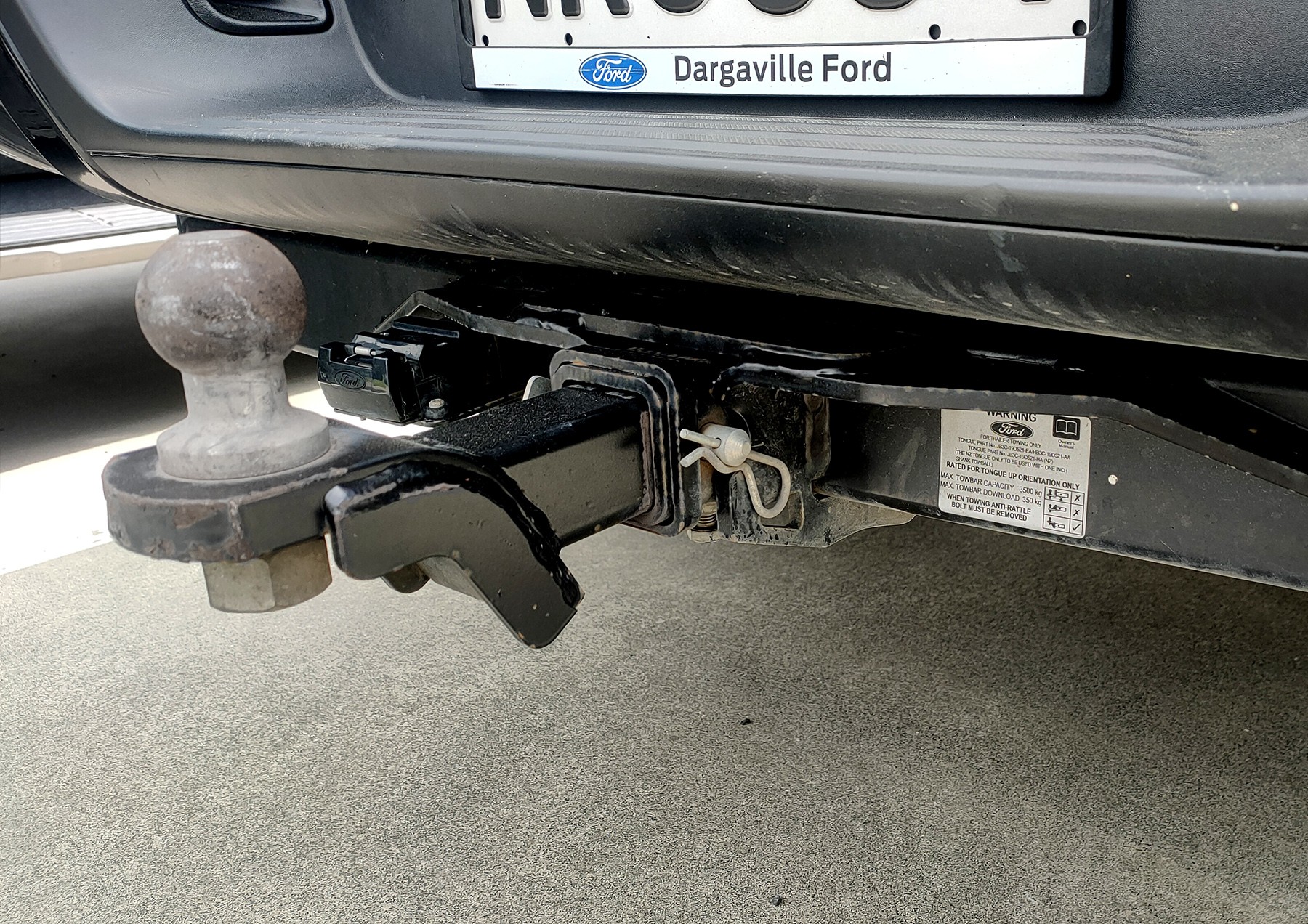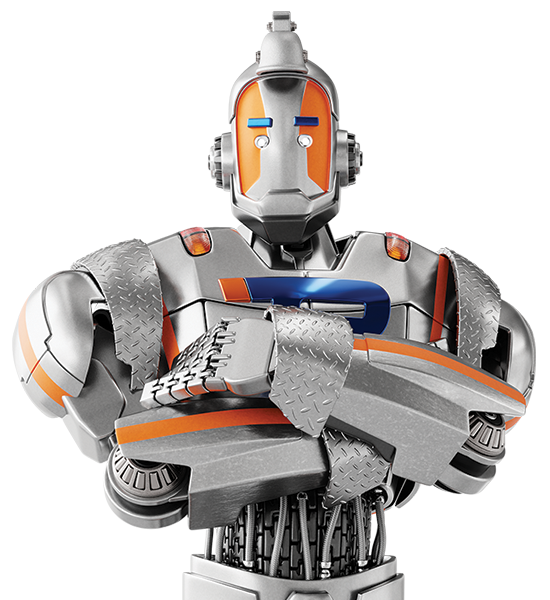Understanding Towbar Ratings - How Do Ratings Impact What Trailers I Can Tow?

When it comes to towing trailers in New Zealand, it's crucial to understand towbar ratings and how they can impact your towing capabilities. Whether you're driving a ute designed to tow trailers or a small car, knowing your vehicle's limitations is essential for both safety and legal compliance when towing. In this comprehensive guide, we'll delve into the key factors that determine what trailers you can tow in New Zealand.
Before we start: Discrepancies in NZ legislation.
Before we get too far into vehicle and trailer details that will assist in making sound towing decisions, it is important to note that in New Zealand, vehicle/towbar ratings and standards (which are rated according to whether a trailer has brakes or not) and trailer braking legislation do not align clearly with each other.
Using utes as an example, most will have a tow rating of 750kg for unbraked trailers, but often a 3500kg rating for braked trailers. However, trailer brake legislation allows trailers up to 2000kg not to have brakes fitted, if they can stop safely. So, it is possible (and common) that a trailer that complies with trailer legislation will create loads on the towing vehicle that are outside of the manufacturer’s recommendations quite significantly. This certainly can have vehicle warranty implications but may also have liability and insurance implications in an accident event if the vehicle is being used outside its recommended use.
Understanding Towbar Ratings - How Do Ratings Impact What Trailers I Can Tow?
When it comes to towing trailers in New Zealand, it's crucial to understand towbar ratings and how they can impact your towing capabilities. Whether you're driving a ute designed to tow trailers or a small car, knowing your vehicle's limitations is essential for both safety and legal compliance when towing. In this comprehensive guide, we'll delve into the key factors that determine what trailers you can tow in New Zealand.
Before we start: Discrepancies in NZ legislation.
Before we get too far into vehicle and trailer details that will assist in making sound towing decisions, it is important to note that in New Zealand, vehicle/towbar ratings and standards (which are rated according to whether a trailer has brakes or not) and trailer braking legislation do not align clearly with each other.
Using utes as an example, most will have a tow rating of 750kg for unbraked trailers, but often a 3500kg rating for braked trailers. However, trailer brake legislation allows trailers up to 2000kg not to have brakes fitted, if they can stop safely. So, it is possible (and common) that a trailer that complies with trailer legislation will create loads on the towing vehicle that are outside of the manufacturer’s recommendations quite significantly. This certainly can have vehicle warranty implications but may also have liability and insurance implications in an accident event if the vehicle is being used outside its recommended use.
Your Vehicle Weight
Your vehicle has a safe-loaded weight rating manufacturers say shouldn’t be exceeded whether towing or not. Exceeding this weight can have serious consequences: potentially compromising your vehicle's body, brakes, transmission, chassis, wheels, and engine. This weight includes the weight of any objects and passengers carried, but also includes any download exerted by a trailer onto the towbar.
The vehicle handbook or manual will have two weights within it: unladen or kerb weight, and a maximum safe laden weight (Gross vehicle Mass or GVM). The difference between the two will give the weight the vehicle can safely carry.
Your vehicle’s towbar and MTM: Maximum Towed Mass.
The Maximum Towed Mass (MTM) represents the maximum weight that your towbar can handle, and this is varied by whether the trailer is equipped with brakes or not.
This is a critical specification to understand when choosing the right trailer for your towing needs as exceeding the MTM can compromise your vehicle's braking capacity and overall safety while towing. Most utes have a towing capacity of up to 3000 – 3500kg, but many vehicles are capable of a lot less than that, with even commercial vans and large SUV’s limited to around 2300kg.
However, if you are towing a trailer without brakes, these capacities drop significantly, with NZ’s most sold towing vehicle (Ford Ranger) having a 750kg unbraked trailer towing capacity, one common to many large SUV’s and commercial vans. For context, a medium sized tandem flat-deck trailer can easily weigh 450kg, and a single axle box trailer 250kg.
And so, before hitching a trailer to your vehicle, it's essential to know the MTM rating of your towbar and ensure that the combined weight of the trailer and its contents falls within this limit.
Follow the link below for a comprehensive list of vehicle towing capacities.
| AA - Tow weight guidelines |
Tongue Load: A Critical Factor in Towing Safety
Tongue load, also known as vertical load or download, plays a pivotal role in ensuring safe and stable towing. It refers to the downward force exerted on the towball by the trailer. Industry experts recommend that the ideal tongue load should be between 5% and 10% of the total weight of the trailer and its contents, but this should also be within the capacity of the trailer coupling, and the lesser of the two values applied.
Failing to maintain an appropriate tongue load can lead to potentially catastrophic accident. Too little weight and trailer sway or snaking is likely, and too much weight will compromise the steering of the tow vehicle. To find the maximum tongue loading weight for your towbar, consult the data plate affixed to the towbar and this should clearly display the maximum allowable tongue load. Empty trailers will have weight forward when empty, but it is important to load trailers with a slightly forward bias to always maintain downward weight when loaded.
Spreading weight evenly is crucial for stability too: check out our guide on safe loading practices here for more tips.
| Guide to loading and securing trailers. |
Trailer Classes and Weight Restrictions for Towing
Understanding the regulations around towing for different weights and different trailer classes is key for safe towing. The important ones are:
- 0-750kg – no brakes required.
- 0-2000kg – no brakes required.
- 2001-2500kg – brakes required.
- 2501-3500kg – specific brakes required.
For a more detailed breakdown follow the below link to brake requirements in New Zealand.
| Requirements for trailer braks NZ. |
Although this guide focuses on towbar and vehicle tow ratings, knowing which trailers are going to be towed and how they will be loaded is important. And though it is always desirable to save money on a trailer purchase, specifying brakes to be fitted will improve safety and the capacity to tow bigger loads more safely whilst within limits set by manufacturers for very good reasons.




